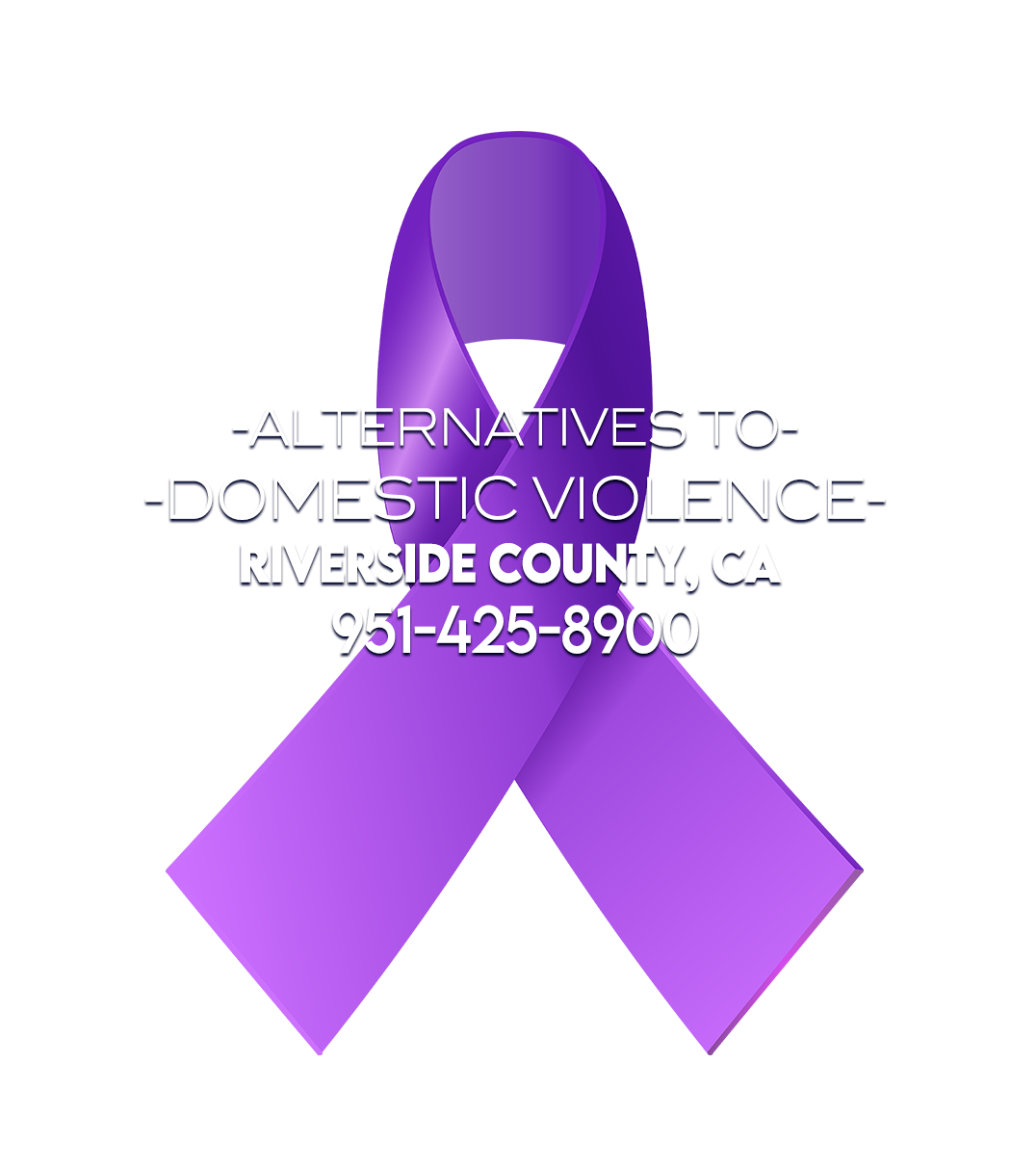
About Domestic Violence
What is Domestic Violence?
What is domestic violence, its warning signs and its key characteristics? How do you know if you are in an abusive relationship? You will find answers to these and other questions below. To view more information on each topic, click the “˅” symbol to expand the content.
Domestic Violence Definition
A pattern of assaultive and coercive behaviors, including physical, sexual and psychological attacks as well as economic coercion that adults or adolescents use against their intimate partners.
The Cycle of
Domestic Violence
Battering often occurs in the context of something that we call the Cycle of Violence. We have found that even though every relationship is unique, abusive relationships often follow similar cycles.
In 1979, Lenore Walker interviewed 1500 battered women. She found that woman after woman described the same kind of cycle in her relationship. She identified this cycle of violence.
TENSION: We start the cycle in this relationship at the “okay” stage. The couple is basically okay, interactions are positive or close. Then, as “real life” sets in, tensions start building. We call this the tension building stage. These tensions may be anything from a bad day to major life changes like pregnancies or job loss. It’s good to note here that all relationships have periods of tension. In healthy relationships, the couple may disagree or argue, but both have equal power in the relationship. In battering relationships, the abuser’s need for power and control underlies anger and blaming. The tension continues to escalate. Survivors often describe feeling like they’re “walking on eggshells” during this time.
EXPLOSION: Ultimately, there is an explosion or battering incident. Abusers may hit, attack, verbally assault, threaten or scream at their partners. Many people feel battering incidents occur because someone is so angry or so drunk that they loose control of themselves. We hear comments like, “if she hadn’t kept nagging me I wouldn’t have lost my temper, or “I was so out of it, I didn’t know what I was doing.” Abusers actually TAKE CONTROL when they batter. They take control of the immediate situation, their partner, their physical space and usually the outcome of the situation. Domestic violence is a crime of POWER AND CONTROL not passion out of control.
LOVING & CONTRITE: After the explosion comes the honeymoon or loving and contrite stage. The batterer is likely to have actually experienced a physiological release of tension. The batterer is frequently sorry, feeling guilty and willing to try anything to make up. There may be flowers or gifts, dates and romance as in the beginning of the relationship. The couple may even make love in an attempt to reestablish intimacy and security after the explosion. The batterer will also be blaming her for “having to hit her” and will minimize what just happened. She will be in shock, upset and possibly hurt. She will be confused and may feel guilty that somehow she may have caused it. She will want to believe his promises. Both partners deny how bad the abuse was and that it could happen again. We point out here that no woman wants a relationship to end, she wants the battering to end. In this loving and contrite stage, the increased intimacy and promises to get help or never do it again give her hope that things might change.
After a while, the loving stage fades again and we start around the circle once more. They both may believe that it will never happen again, that it was a one-time occurrence. The couple convinces themselves that each incident is isolated and unrelated to the next. There are two things we know about the cycle:
Without intervention, this cycle does not get better; it actually becomes more frequent. The violence escalates over time.
Without intervention, the abuse gets worse, and the loving and contrite stages are less apologetic. Eventually, the loving and contrite stage drops out entirely. When crisis callers describe a cycle of violence with no loving and contrite stage, we know she is probably in a great deal of danger.
Causes of
Domestic Violence
Learned Behavior:
learned through observation
learned through experience and reinforcement
learned in culture
learned in family
learned in communities; schools, peer groups, etc.
Not Caused By:
illness
genetics
alcohol and drugs
out-of-control behavior
anger
stress
behavior of the victim or problems in the relationship





